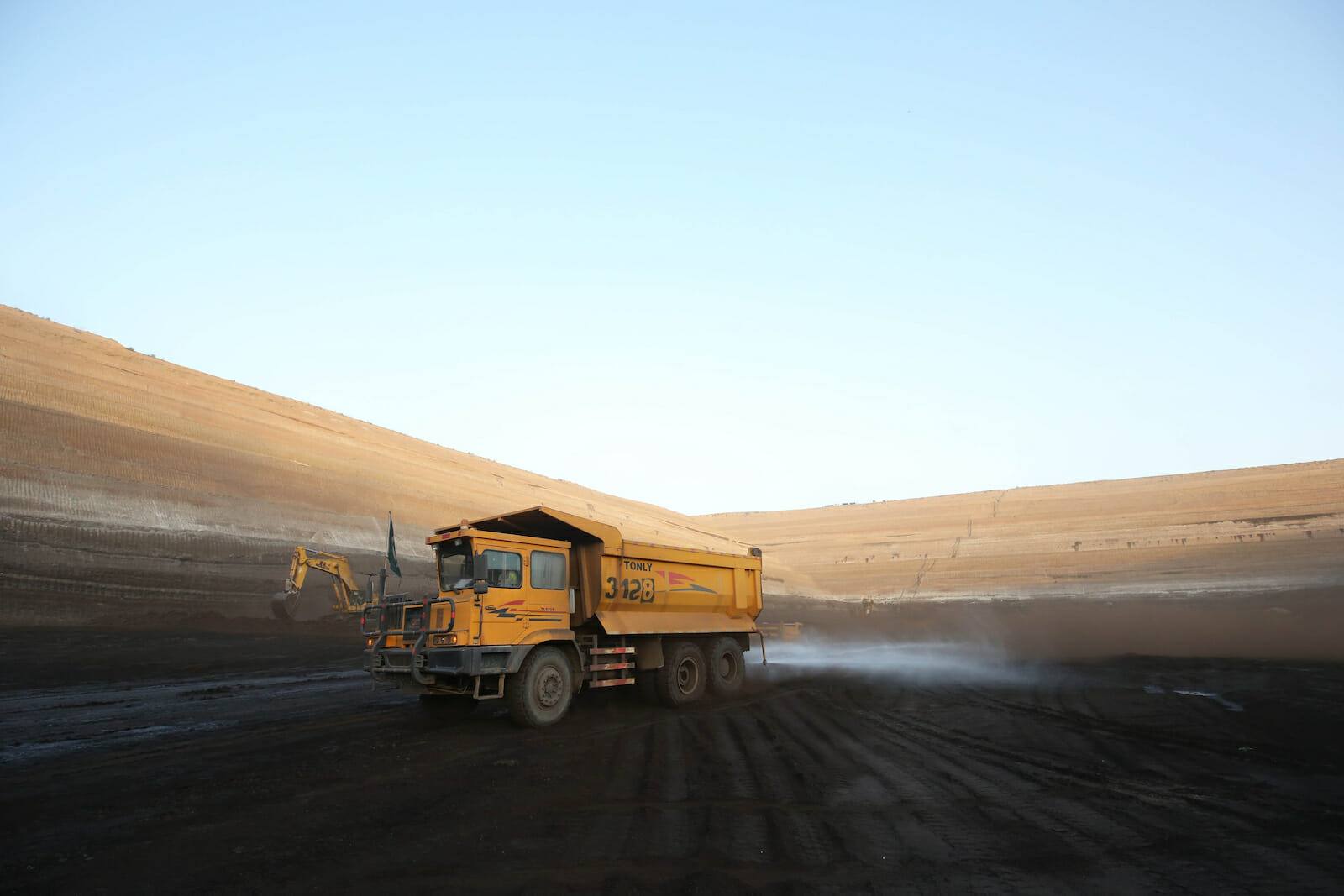
Indonesia Needs to Be Mindful of BRI Related Environmental Destruction
Indonesia is a major destination for China’s Belt and Road Initiative (BRI). To date, Indonesia has signed 28 projects worth $91.1 billion under the guise of the BRI.
While the Belt and Road Initiative is expected to create numerous benefits for Indonesia, it has also brought with it major concerns. Issues such as debt traps, as well as the sustainability of the projects have generated considerable debate.
However, one aspect that appears to have been overlooked is the harmful environmental implications of Chinese investments. It is widely recognized that some recipient countries are beginning to voice concerns over BRI projects for their detrimental impacts on local environments. For instance, in Kenya, a Chinese-financed coal power plant has been halted via a judicial order due to environmental concerns.
As a country that receives considerable BRI investments, this environmental aspect should be a concern for Indonesia as well. Although there have not yet been any notable environmental cases in Indonesia, initial preparations are essential to mitigate that possibility.
In the past several years, there have been reports of environmental damage created by Chinese investments in several countries. For example, Chinese-funded projects along the Mekong River have seen dams cause river flow to change and block fish migration. This has resulted in a loss of livelihood for people living off the river.
The Belt and Road Initiative has also caused deforestation. For example, along the Pan Borneo Highway – which spans Malaysia, Indonesia, and Brunei – landslides, floods, and other disasters have been reported.
The damaging environmental impacts of the BRI have also begun to be felt in Indonesia. Indonesia’s Tapanuli orangutan, which is the world’s rarest great ape, is at risk from a $1.6 billion hydroelectric power plant presently being developed on Sumatra Island.
Not only are natural habitats being destroyed, but the native species in the region are also threatened with extinction owing to the impact of Chinese investments. A recent study established that Chinese investments could potentially introduce hundreds of invasive species into several countries where the BRI is being implemented.
Despite the fact that cases of environmental destruction caused by the BRI are not yet noticeable so far, Indonesia needs to be prepared.
Indonesia is fortunate that many BRI projects in the country are still in the planning stage. In this case, before going any further, Jakarta should have a meaningful discussion with its counterpart in Beijing about making attempts to minimize the environmental impacts resulting from its investments.
Indonesia can encourage China to have clear procedures for mitigating the environmental impacts pertaining to the projects, without which the BRI will not be allowed to continue.
Moreover, Indonesia also needs to have the courage to place relevant stakeholders under scrutiny if cases of environmental destruction are discovered.

